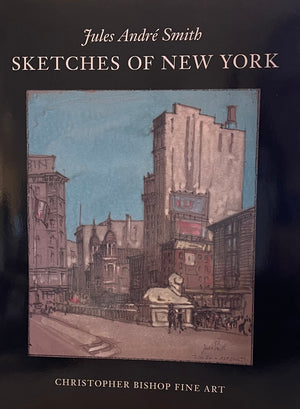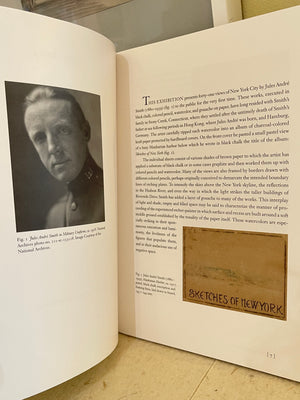Art Collecting
The idea of having an art collection may be a bit bewildering, but it can prove to be prosperous and gratifying. First when deciding on buying art, stay true to yourself. Buy the art that you like and don’t be swayed by others. Do some research on the art that you like and step outside of your usual purchasing locations by comparing shops and galleries in other areas. By knowing what the market is, you will most likely make a better decision on the final price. Make sure you take into consideration the condition of the art. A good rule of thumb is to buy something in the best condition possible. If it is a work on paper, inspect the condition and don’t be fooled by descriptions claiming “great condition, except for a little foxing”. Foxing is mold and will need to be treated. Look for creases or tears, which will also affect the value. The same is true of paintings, check for losses, inspect the stretcher bars, and consider having the painting cleaned if necessary. When you begin buying art make sure that you save all of the information about the art i.e.; the date you bought it, where you bought it and who the previous owners were and how much you paid for it. It may not seem important now, but later it will be the provenance that will help to hold the value of the collection. Once you begin buying art, set a mission statement of sorts for your “collection”. Instead of each piece standing on its own, figure out what it is that binds them all together. Ask that question and by doing so, your collection will begin to form in a more sophisticated and purposeful manner. Educate yourself and find what’s unique about the pieces that you have grouped together making sure that they all fit together. Research and identify the artists, the time period, or style of the art, and you may find the interesting and unifying trait you’ve been looking for to create your collection.
You may want to consider buying an artist that is from your local region. Take into consideration the art of Josef Albers who worked at Yale University and lived in New Haven, Connecticut.
In March of 1888, the abstract artist, Josef Albers was born in Bottrop, Germany. He is most widely known for his abstract color theories, “Homage to the Square” and his teachings influenced generations of artists. He originally began his education working on glass painting and then teaching design at the Bauhaus in Berlin. He fled the country, coming to the States and began teaching at Black Mountain College in North Carolina. Black Mountain was an
alternative from traditional Universities, abandoning grade points and it was on this fertile ground that attracted professors and students alike. Two of these students, Norman Ives and Sewell Sillman became professors/artists continuing in their mentor’s abstract design and color experimentation. Their partnership led to the Ives/Sillman publishing company in which they accomplished print editions of Albers “Interaction of Color” and another of Albers major portfolio “Formulation and Articulation”.
Jules Andre Smith Exhibition catalog
$25.00
| /
Jules Andre Smith Exhibition catalog written by Christopher Bishop
The Flatiron Building
$5,200.00
| /
Sketches of New York (1915-1917) by Jules Andre Smith 1880-1959
Check out Studio M’s current inventory of Modern prints. Current offerings include Josef Albers, Sewill Sillman, Sol Lewitt and Piet Mondrian.









